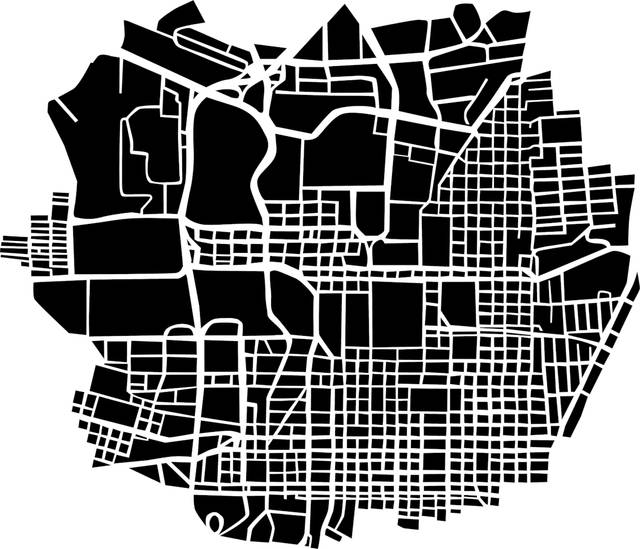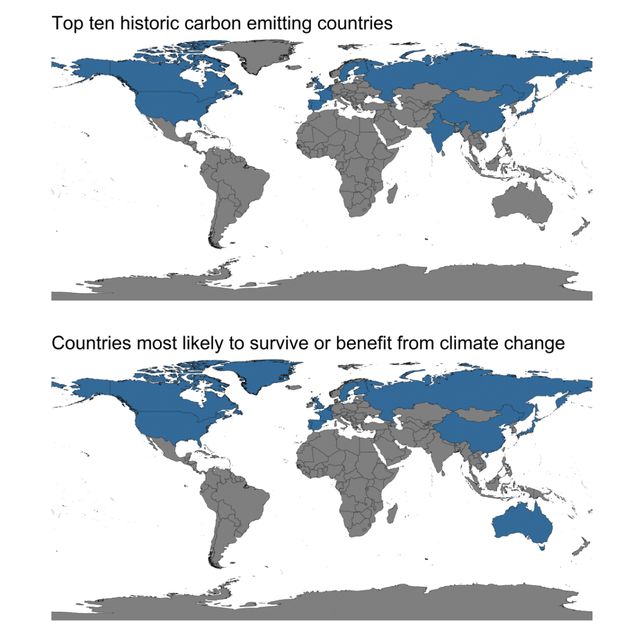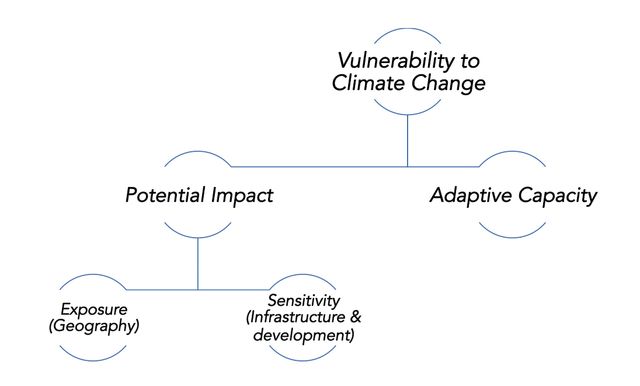
Alumni on the Move
How Climate Finance can save African Cities from Climate Catastrophe
No people are perhaps as vulnerable to climate change as Africa’s rapidly growing urban populations, many of which live in informal settlements or in coastal areas, where the risks of climate change are concentrated. This situation illustrates the need for intergovernmental transfers of money for climate mitigation astutely; yet climate finance in and to Africa has yet to rise to this challenge. Access to finance for mitigation and adaptation could go on a long way towards restoring these imbalances.
High risk cities
According to the UN Intergovernmental Panel on Climate Change (IPCC) Fifth Assessment Report, many key and emerging global climate risks are concentrated in urban areas. Considering that Africa is the world’s fastest urbanising continent, with the number Africans living in cities set to double in the next 20 years to 1 billion, African urban planners face a daunting task: managing rapid urbanisation and population growth with a set of moving constraints which include the risks of impeding climate disasters.
Lagos, Nigeria, has grown from a city of under 200,000 people to nearly 20 million in just two generations. Africa’s largest city attracts 86 people per hour, with most migrants living in ad hoc structures like those in Makoko, Lagos’ ‘floating slum’, where they are extra vulnerable to floods. Cities like Dar es Salaam, Kampala and Accra are growing at rates above 4%, double the average rate of growth for the world’s cities. Some 60% of all urbanites in Africa live in overcrowded and underserviced slums, according to the World Economic Forum.
The science of attribution
Since the 1970s, Africa has been hit by more than 2,000 natural disasters (second only to the number experienced by Asia), affecting 500 million people and killing some 900,000. This is put into harsh perspective by the fact that a list of the world’s top cumulative carbon emitting countries coincides very neatly with a list of the countries that are most likely to survive (or even benefit from) climate change.

Thanks to the science of attribution, it is now possible to accurately determine the causes of man-made climate change and even claim damages (as a series of successful climate change lawsuits have shown).
This is where climate finance comes in. Because countries are differentially responsible for, and differentially affected by climate change, transfers of funds are needed between them. It is for this reason that the Green Climate Fund (GCF) was established by the United Nations Framework Convention on Climate Change (UNFCCC), in line with the principle of “common but differentiated responsibility and respective capabilities”. Well-endowed countries make proportional contributions towards adaptation and mitigation in less endowed and more vulnerable countries, with the help of the World Bank.
According to the Green Climate Fund, 22% of the World Bank’s portfolio (or $12.8 billion worth of investments) in 2016 went towards loans for climate investments. Many other development banks, such as the IFC, AfDB and ADB provide financing for climate projects in Africa.
Yet Africa is still not on the receiving end of the climate finance pipeline. For example, in 2015 Sub-Saharan Africa (SSA) received only 9% of the $81 billion in climate finance jointly mobilised by the six largest multilateral development banks.
The cost of doing nothing
Climate change adaption and mitigation comes at a substantial price. This cost is raised by vulnerability, considering that the most vulnerable cities are ones facing the largest potential impact (a function of exposure and sensitivity) and have the lowest adaptive capacity or ability to react to climate disasters.

The majority of African countries check all of these boxes. In the perceived tension between development and climate change adaptation as priorities for spending, the significant complementarities are often disregarded for an approach that prioritises development or considers adaptation ‘competition’. Based on a cross-section of more than 130 case studies in developing countries, a World Resources Institute report found that the confusing relationship between development and adaptation and consequent definitional problems have significantly hindered project design and funding allocation.
But while the costs of adaption and mitigation may be high, the cost of inaction is substantially higher. Some 80% of Africans depend on rain-fed agriculture. Already low-yielding compared to other continents (SSA’s cereal yield is less than half that of South Asia, and a third of Latin America), warming of less than 2 degrees could reduce crop yields by 10%, while more than 2 degrees of warming could reduce crops by 15-20%, according to a paper by the Brookings Institute. Without mitigation and adaptation, poverty on the African continent will increase. Studies have linked climate change to human conflict, mass migration and premature deaths.
As noted, these risks and costs are especially concentrated in cities. In Dar es Salaam, for example, $8 million was raised to build 2,400 m of sea walls along the coast (completed in 2018), to protect vulnerable areas of the city. Not taking action is estimated to cost $200 million a year by 2050; in Dar es Salaam alone, assets valuing $5.3-billion are at risk from sea level rise, according to the Institute for Security Studies. Not to mention the 800,000 people in harm’s way.
Increasing Africa’s share
Despite ample sources of funding, there have been substantial bottlenecks in getting finance allocated to projects. While more than $16 billion has been pledged for Sub-Saharan Africa since 2003, only $5.7 billion has been delivered, based on calculations from the Climate Funds Update online dataset. These bottlenecks relate to costly disbursal, unsynchronised and weakly coordinated funding practices and requirement (lack of uniformity in standards and reporting on projects for example), and a lack of local organisations to channel funds.
One solution to this is the coordination of development needs and climate change adaptation, and the unmuddying of the water when it comes to which take key priority. While we focus solely on our immediate (and desperate) needs like housing, electricity and key infrastructure, we could be doing all this AND preparing for the future simply by choosing development projects that alleviate, rather than add to the challenge of climate change. These include renewable energy products, climate-smart housing and better refuse collection. New innovations around ‘smart cities’ can alleviate traffic, optimise energy usage and monitor pollution, all to the benefit of inhabitants while simultaneously promoting development and quality of life.
There is a growing realisation of the responsibility on historical carbon emitters to help shoulder the costs of climate change adaptation in African countries. City planners can ease the allocation of these funds to the areas that are most vulnerable by proposing infrastructure projects that look beyond the short term, and address the most pressing needs of our fast-growing cities in ways that do not increase the threats of climate change, but rather mitigate them.
Emily works at The Brenthurst Foundation in Johannesburg. She graduated in 2018 with a Masters in Environmental Economics and Climate Change from the London School of Economics. As a Mandela Rhodes Scholar in 2016, she studied Economics at Stellenbosch University.







